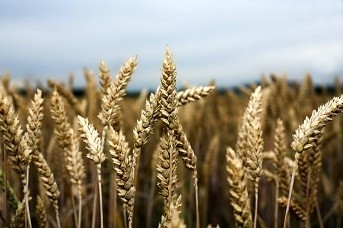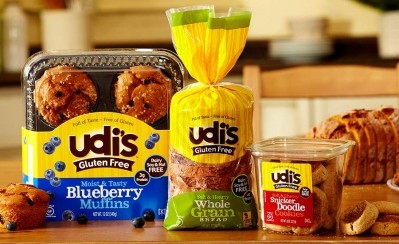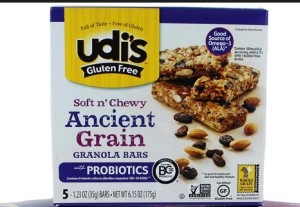FDA survey shows excellent compliance for gluten-free labeled foods, but what about non-labeled gluten-free?

Gluten-free labeling isn’t mandatory, but companies that voluntarily make this claim whose food products are FDA-regulated have to meet the agency’s definition, meaning the food must contain less than 20 parts per million (ppm) of wheat, rye, barley and their derivatives unless they’re processed to remove gluten.
While previous data suggested that 55 of companies may not be in compliance, new data published in Food Chemistry, found that, of the 275 gluten-free labelled foods analyzed by FDA scientists, 98.9% had gluten levels below the 20 ppm limit.
However, many people assess the gluten-free nature of foods by reading the ingredient deck, checking for an absence of gluten-containing ingredients such as wheat, rye, and barley. Of the 186 non-gluten-free labeled food analyzed by the FDA, 19.4% had gluten levels above 20 ppm, with 10% having gluten levels above 100 ppm.
“The presence of oats in a majority of the foods with high measured gluten levels suggests that oats are a potential source of gluten-containing grains and should be analyzed for gluten content before being used as an ingredient in food production,” wrote Girdhari Sharma, Marion Pereira, and Kristina Williams from the FDA’s Center for Food Safety and Applied Nutrition in Laurel, MD.
“[N]on-GF labelled foods, containing oats as one of the ingredients, or foods with gluten/wheat advisory statements, may be a safety concern for consumers with celiac disease or wheat allergy.”
Gluten-free leveling off?
The one in 133 US consumers with celiac disease (along with the 7-odd% with non-celiac gluten sensitivity or a related disorder such as wheat allergy) have already established a proven need for certified gluten-free products. And according to commercial insights data from ConAgra Mills, only about 2.5% of US households are heavy buyers of gluten-free products (see here).
But the fluctuating 20-30% of US consumers who say they’re avoiding gluten in some capacity or buying gluten-free products remains a question mark for many in the industry, and resulted in a vast range of estimations for the actual size of the gluten-free market. Market research firm Mintel pegged it at a massive $10.5 bn in 2013, including anything with a gluten-free label, while market researcher Euromonitor’s much more modest $486.5mn estimate comprises only products that have been specifically formulated to replace wheat flour such as bread and cookies—excluding naturally gluten-free foods.
Safety
“It is important to evaluate the gluten content in foods for labelling compliance and consumer safety,” explained Sharma, Pereira, and Williams. However, previous assessment of the gluten content in foods has focused on single ingredient foods or cereal foods, and did not extend to more complex foods.
The new study employed tests based on the enzyme-linked immunosorbent assay (ELISA) to assess gluten content in a variety of labeled and non-labeled gluten-free foods, including sauces, soups, pasta products, breakfast foods, snack products, beverages, and frozen foods.
For the gluten-free labeled foods, the highest gluten content of 554 ppm being detected in a product described as meat/meat substitute/refrigerated or frozen foods. Despite this outlier, only 1.1% of gluten-free labeled foods exceeded the regulatory threshold of 20 ppm of gluten.
The numbers were worse for the non-labeled gluten-free products, with 19 products having gluten levels over 100 ppm. Fourteen of these 19 were breakfast cereals.
“These results […] suggest that foods containing oats and not labelled gluten-free, have a high probability of containing gluten and should be consumed with caution by gluten-sensitive individuals,” they wrote.
Source: Food Chemistry
Volume 169, Pages 120-126, doi: 10.1016/j.foodchem.2014.07.134
“Gluten detection in foods available in the United States – A market survey”
Authors: G.M. Sharma, M. Pereira, K.M. Williams









